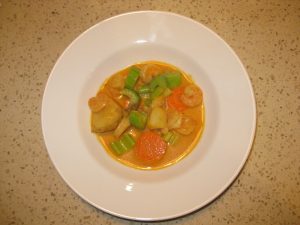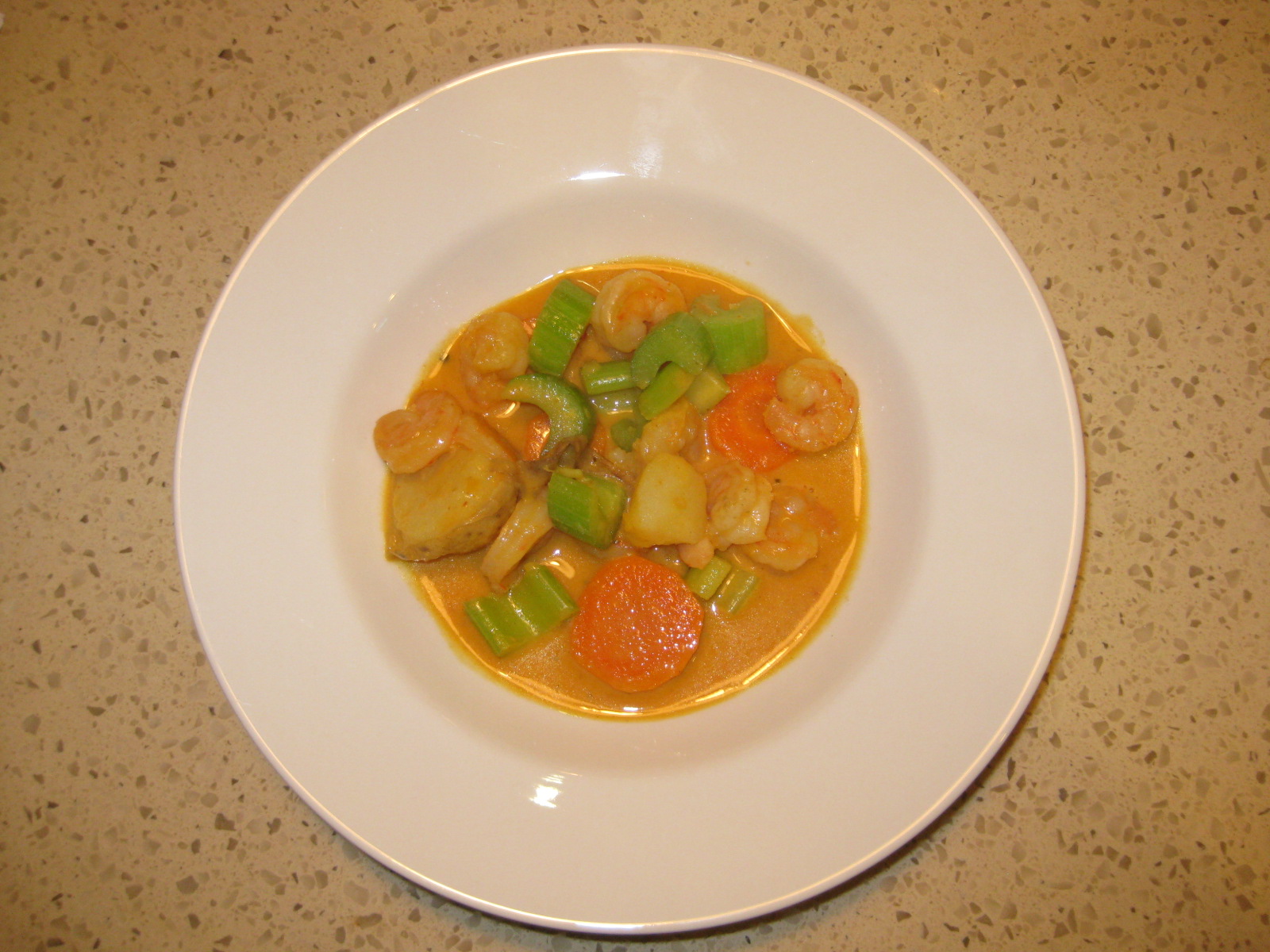Date Posted: October 3, 2011
Print Edition: September 28, 2011
 Celiac disease—which, according to the Canadian Digestive Health Foundation, currently affects over 330,000 Canadians—seriously alters the food choices available to individuals who have it. But exactly what kind of restrictions does the disease put on an individual’s diet, and how can a menu be altered to accommodate such restrictions? On the evening of Friday September 23, Lepp Farm Market hosted a gluten-free ethnic night that addressed this very issue. The evening was hosted by Leslie Orser, author of the gluten-free cookbook A Celiac is Coming, and included not only a sampling of Orser’s recipes but also a discussion the disease itself. The purpose of the evening, like the purpose of Orser’s cookbook, was to help those with gluten allergies learn to make tasty, hassle-free dishes that they can eat without getting sick or aggravating their disease.
Celiac disease—which, according to the Canadian Digestive Health Foundation, currently affects over 330,000 Canadians—seriously alters the food choices available to individuals who have it. But exactly what kind of restrictions does the disease put on an individual’s diet, and how can a menu be altered to accommodate such restrictions? On the evening of Friday September 23, Lepp Farm Market hosted a gluten-free ethnic night that addressed this very issue. The evening was hosted by Leslie Orser, author of the gluten-free cookbook A Celiac is Coming, and included not only a sampling of Orser’s recipes but also a discussion the disease itself. The purpose of the evening, like the purpose of Orser’s cookbook, was to help those with gluten allergies learn to make tasty, hassle-free dishes that they can eat without getting sick or aggravating their disease.
But what exactly is the disease? As local family physician Dr. Ihsaan Peer, MD explained to The Cascade: “Celiac is a gastrointestinal disease which is a response of your body to certain foods. It’s a reaction to four seeds: wheat, barley, rye and oats.” Gluten is the protein composite common to these four seeds that makes them toxic for people with Celiac. Ten years ago an awareness of gluten allergies was less common, but today there are a growing number of companies including the phrase “gluten-free” as a selling point on the packaging of their products, and more and more people are being diagnosed with Celiac. “I think it’s because [foods containing gluten] are more readily available than they once were that Celiac is becoming more common,” Dr. Peer noted.
Even in his own family practice, Dr. Peer said he had noticed Celiac disease become more prevalent. “It seems to run in families, and I’ve seen it more in females,” he reported.
There are many possible symptoms of Celiac disease, which can range from gastrointestinal problems to dermatitis herpetiformis – the skin rash associated with gluten allergies. There is a blood test available that can determine whether or not an individual has Celiac disease; however, Dr. Peer cautioned that patients “must be on a gluten [inclusive] diet for the blood test to work.” Therefore, a patient can’t stop eating wheat products in an attempt to ease symptoms before being tested as a potential Celiac because the blood test will come back with a false negative result.
Orser, who led the gluten-free ethnic night at Lepp Farm Market, was diagnosed with Celiac disease several years ago after many years of health problems leading up to her diagnosis. As she began to demonstrate the first gluten-free dish of the night, peri-peri chicken, she told the story of how she learnt to cook meals that fit with her altered lifestyle, then decided to share this information by writing a cookbook; Orser still experiments with new gluten-free dishes constantly.
The idea behind the dishes presented at the Lepp Farm Market event, was not everyday living and everyday food, but rather ethnic dishes. Eating out at a favourite Mexican or Indian restaurant becomes a thing of the past when an individual is diagnosed with Celiac because everything has gluten in it. Orser taught her class how to enjoy enchiladas and curry – gluten-free style.
Those who don’t have to pay attention to which products they consume due to Celiac might not realize how many foods contain gluten. A perfect example of a food many wouldn’t suspect contains wheat is soy sauce – in fact, almost all soy sauces contain wheat unless otherwise specified. However, Orser said there’s a “big difference” between when she was diagnosed with Celiac and now when it comes to availability of products that people with gluten allergies can eat. Orser offered Lepp Farm Market as an example of a store which has clearly labelled products so people with Celiac can shop easier than they once could. She said, “When I was first diagnosed there was maybe one brand of gluten-free bread available – now there are upwards of six or seven.” Most of the sauces and the meats used in the demonstrations of the gluten-free cooking class were from Lepp Farm Market.
Orser is a member of the Canadian Celiac Association and she advised that joining is “the first thing to do,” when diagnosed with the disease. Newcomers to the association are sent a New Member Kit to help them adjust to eating gluten-free. Additionally, they are invited to events and conferences about the disease to help further their understanding of it.
Orser’s cookbook A Celiac is Coming is available in printed or e-book format at Lepp Farm Market


